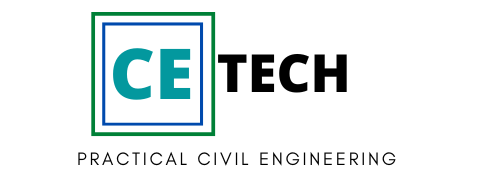A project charter is a foundational document in project management that formally authorizes the existence of a project. It serves as a reference point for stakeholders, outlining the project’s purpose, objectives, scope, and key stakeholders. This document is crucial for aligning team efforts and ensuring that all parties involved have a clear understanding of the project’s goals and boundaries.
What is a Project Charter?
A project charter is a formal document that marks the beginning of a project. It provides a high-level overview of the project, including its purpose, objectives, scope, and key deliverables. The charter empowers the project manager by establishing their authority and responsibilities, which is essential for efficient decision-making and resource management throughout the project lifecycle.
Purpose of a Project Charter
The primary purpose of a project charter is to:
– Authorize the Project: It formally initiates the project, giving the project manager the authority to utilize organizational resources.
– Define Project Scope: It outlines the project’s objectives, scope, and key deliverables, preventing scope creep and ensuring alignment with organizational goals.
– Guide Stakeholders: It serves as a reference point for stakeholders, providing clarity on the project’s direction and expectations.
– Support Project Planning: It lays the groundwork for the project management plan, which details how the project will be executed, monitored, and closed.
When and at Which Stage is a Project Charter Prepared?
A project charter is typically prepared during the initiation phase of a project. This phase occurs after a project proposal has been approved by stakeholders. The charter is created before detailed project planning begins, as it provides the foundation upon which the project management plan is developed.
Components of a Project Charter
A project charter includes several key components:
1. Project Purpose or Justification: Explains why the project is necessary and its anticipated benefits.
2. Measurable Objectives: Clearly defines what the project aims to achieve.
3. Scope Statement: Outlines the boundaries of the project.
4. Key Deliverables: Lists the major products or services the project will produce.
5. Stakeholders: Identifies who is involved in the project.
6. Project Manager’s Authority: Establishes the project manager’s responsibilities and authority.
7. Budget and Schedule: Provides an overview of the project’s financial and time constraints.
8. Assumed Risks: Highlights potential risks and challenges.
How to Write a Project Charter Step by Step
Writing a project charter involves several steps:
Step 1: Define the Project Purpose
– Identify the Need: Explain why the project is necessary and how it aligns with organizational goals.
– State the Benefits: Outline the anticipated benefits of the project.
Step 2: Set Measurable Objectives
– Define Success Criteria: Clearly state what the project aims to achieve.
– Make Objectives SMART: Ensure objectives are Specific, Measurable, Achievable, Relevant, and Time-bound.
Step 3: Outline the Project Scope
– Define Boundaries: Clearly state what is included and excluded from the project.
– Identify Key Deliverables: List the major products or services the project will produce.
Step 4: Identify Stakeholders
– List Involved Parties: Identify all stakeholders, including team members, sponsors, and customers.
– Define Roles and Responsibilities: Outline the roles and expectations for each stakeholder.
Step 5: Establish the Project Manager’s Authority
– Define Responsibilities: Clearly state the project manager’s duties and authority.
– Grant Resource Access: Ensure the project manager has the necessary authority to utilize organizational resources.
Step 6: Include Budget and Schedule Overview
– Provide Financial Overview: Outline the project’s budget and financial constraints.
– Define Timeline: Include a high-level timeline for the project.
Step 7: Address Assumed Risks
– Identify Potential Risks: Highlight any potential risks or challenges.
– Outline Mitigation Strategies: Provide initial thoughts on how these risks might be mitigated.
Step 8: Finalize and Approve the Charter
– Collaborate with Stakeholders: Ensure all stakeholders agree with the charter’s content.
– Obtain Sponsor Approval: Have the project sponsor sign off on the charter to formally authorize the project.
A project charter is a vital document in project management that sets the stage for successful project execution. By clearly defining the project’s purpose, objectives, scope, and stakeholders, it ensures that all parties are aligned and working towards the same goals. Understanding how to create a project charter is essential for project managers seeking to effectively initiate and manage projects.
Sources:
[1] https://projectmanagementacademy.net/resources/blog/pmp-project-charter/
[2] https://www.brightwork.com/glossary/project-charter
[3] https://www.wrike.com/project-management-guide/faq/what-is-a-project-charter-in-project-management/
[4] https://project-management.com/what-is-a-project-charter/
[5] https://www.techtarget.com/searchcio/definition/project-charter
[6] https://projectmanagement.ie/blog/successful-project-manager-iii-the-project-charter-and-its-creation/
[7] https://www.teamwork.com/project-management-guide/project-charter/
[8] https://business.adobe.com/blog/basics/project-charter

